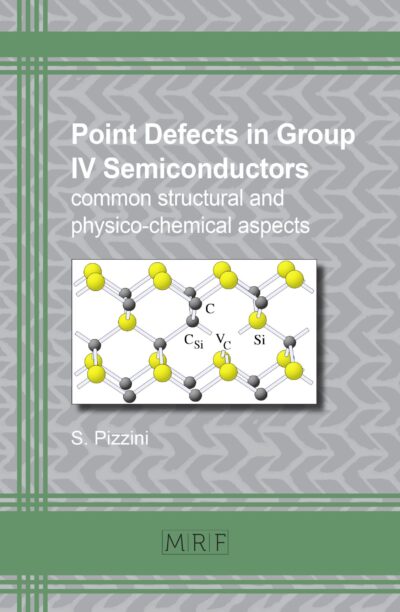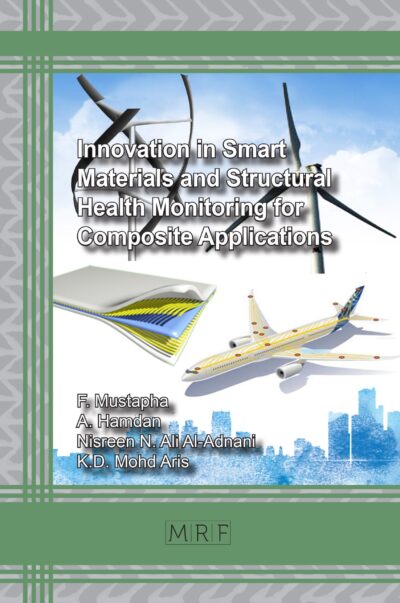Photocatalysis
Advanced Materials and Reaction Engineering
Eds. Gaurav Sharma and Amit Kumar
Materials Research Foundations Vol. 100
Publication Date 2021, 338 Pages
Print ISBN 978-1-64490-134-2 (release date May 2021)
ePDF ISBN 978-1-64490-135-5
DOI: 10.21741/9781644901354
Photocatalysis is important in fighting environmental pollution, such as pharmaceutical effluents, dyes, pesticides and endocrine disruptors. It is also used for the production of clean energy, e.g. by way of hydrogen production from water splitting, or CO2 conversion into fuels. Further, photocatalytic N2 fixation is promising for achieving sustainable ammonia synthesis. The book discusses new materials and reaction engineering techniques, such as heterojunction formations, composites, ion exchangers, photocatalytic membranes, etc.
Keywords
Photocatalysis, Pollutant Degradation and Mineralization, Pharmaceutical Effluents, Dyes, Pesticides, Endocrine Disruptors, Water Detoxification, Photocatalytic Hydrogen Production, CO2 Conversion into Fuels, N2 Fixation, Degradation of Organic Molecules, Heavy Metal Removal from Water, Photocatalytic Membranes, Carbon Nitride for Photocatalytic Applications, Carbon Nanotubes, Nanohybrids, Composite Ion Exchangers, Perovskites-based Nano Heterojunctions
Table of contents
Photocatalytic Membranes in Degradation of Organic Molecules
Gisya Abdi, Mehdihasan I. Shekh, Jhaleh Amirian, Abdolhamid Alizadeh, Sirus Zinadini
Photocatalytic Heavy Metal Detoxification from Water Systems
P. Senthil Kumar, G. Janet Joshiba
Carbon Nanotubes based Nanocomposites as Photocatalysts in Water Treatment
Tong Ling Tan and Chin Wei Lai
Photocatalytic and Adsorptional Removal of Heavy Metals from Contaminated Water using Nanohybrids
Pooja Shandilya, Ankita Guleria
Graphitic Carbon Nitride based Photocatalytic Systems for High Performance Hydrogen Production: A Review
Shweta Sharma, Amit Kumar, Gaurav Sharma, Anu Kumari, Mu. Naushad
Recent advances in Photocatalytic Nitrogen Fixation
A. Saravanan, P. Senthil Kumar
Perovskites based Nano Heterojunctions for Photocatalytic Pollutant Removal
Sunil Kumar, Amit Kumar, Gaurav Sharma, Pooja Dhiman, Genene T. Mola
Photocatalytic Membranes
P. Senthil Kumar, P.R. Yaashikaa
Composite Ion Exchangers as New Age Photocatalyst
Manita Thakur, Ajay Sharma, Manisha Chandel, Suresh Kumar, Ajay Kumar
Structural Modifications of Carbon Nitride for Photocatalytic Applications
Ajay Kumar, Manisha Chandel, Manita Thakur














